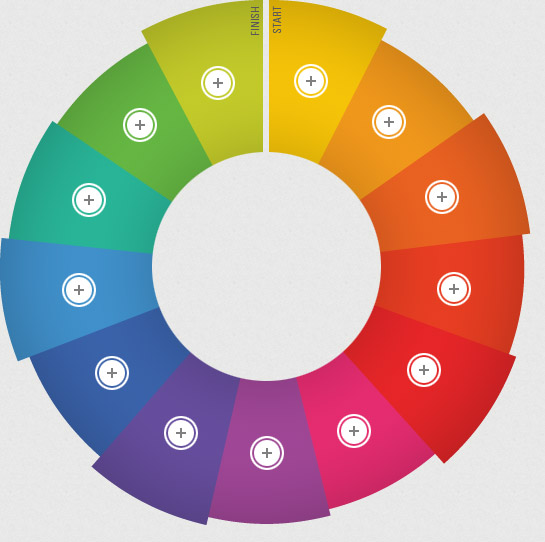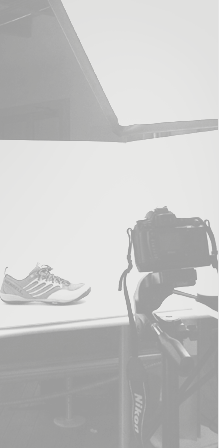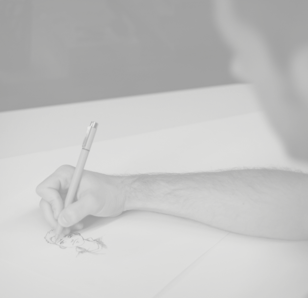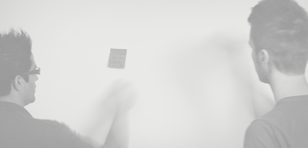UXD
what is uxd?
The User Experience Design (UXD) process gives us a chance to dive into your product or service—new or existing—and highlight what’s working and what’s not. We perform a number of informative exercises while capturing data for analysis and review. In the end, this experience will give you the best information to make informed decisions.

We ask users take photos to highlight important aspect of their lives in context. The photos are assembled into collages and studied to highlight opportunities for new technologies.
After collecting data from our client or observations, we inspect, clean transforming, and model it with the goal of highlighting useful information, suggesting conclusions, and supporting decision-making.
We create an affinity diagram so that large numbers of ideas, stemming from brainstorming or card sorting, can be sorted into groups for review and analysis.
We observe our users' work practices in their naturally-occurring context. After the observations, we discuss their daily routines so that a website, digital application, or brand system can be best designed to work with the process.
We ask users take photos to highlight important aspect of their lives in context. The photos are assembled into collages and studied to highlight opportunities for new technologies.
After gathering a list of our clients' common tasks, we critically analyze them. We discover task duration, frequency, complexity, and any other unique factors required for people to perform a given task.
The prototyping stage is the appropriate time to catch design flaws and change direction. Instead of deleting hours worth of digital assets, we can draw a quick prototype on paper and throw away the ideas that don't work.
We hold a meeting that actively involves all stakeholders (employees, partners, clients, end users) in the design process to help ensure that the final product designed meets their needs and is usable.
We hold a meeting with our clients to review the project goals, present the art direction, and discuss conceptual reasoning and potential design changes.
We hold a focus group in which a group of people are asked about their perceptions, beliefs, and attitudes towards a product or a solution we've crafted.
Heuristic evaluation is a usability inspection method that helps identify problems with the product's user interface (UI) design. We implement one expert, trained with the latest heuristic UI standards, to evaluate the product. This eliminates the necessity for complex, lengthy user testing.
We focus on measuring a product's capacity to meet its intended purpose. We analyze several demographics to evaluate the product's ease-of-use. This is an irreplaceable practice, since it gives direct input on how real users use the system.
Remote usability testing allows us to capture clicks and task times. This style of user testing gives us great insight and allows us to segment feedback by demographic. The tests are carried out in the user's own environment, helping to further simulate real-life scenarios while testing.
see us in action
We We SKETCH, PHOTOGRAPH, SEW, PROTOTYPE, Capture & ANALYZE DATA, SHOOT VIDEO, CREATE LISTS, DIAGRAMS & TO-DO’S, and even, on occasion, hum the latest pop phenom song!




